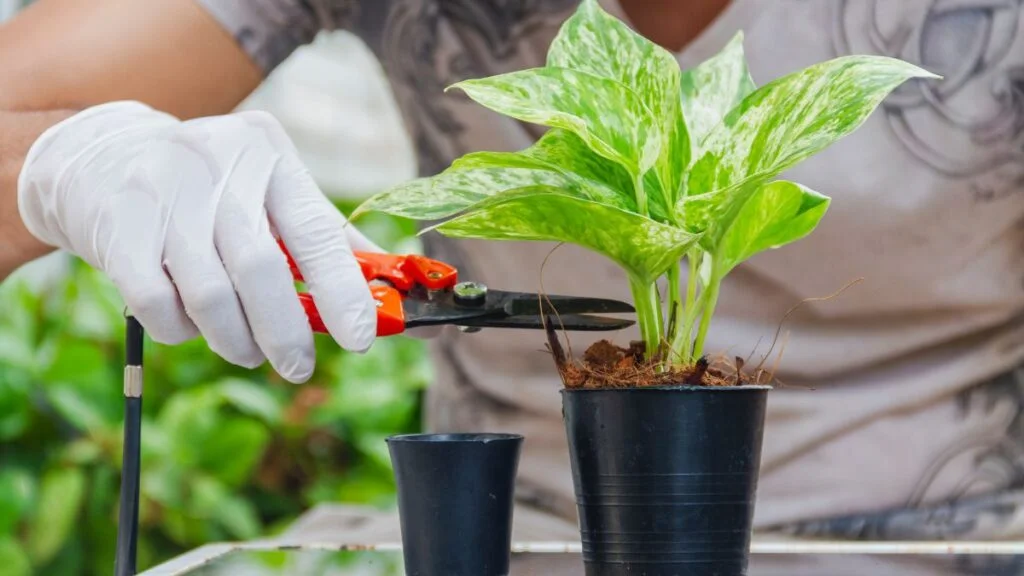Spring is here, and your garden is waking up. But are your plants ready to thrive? Without proper care, they might struggle to grow strong and healthy. The secret to vibrant, flourishing plants lies in one simple yet crucial task: pruning. Knowing which plants to trim and when can make all the difference.
Pruning can feel rough. Cut too much, and you risk harming your plants. Cut too little, and they might not reach their full potential. But don’t worry; we’ve got you covered. In this guide, we’ll walk you through the 24 plants that need pruning this spring.
From roses to fruit trees, these tips will help you nurture your garden into a lush, healthy paradise. Ready to give your plants the care they deserve? Let’s get started.
24 Blooming Plants You Should Be Pruning in Spring for a Stunning Garden Display

1. Roses
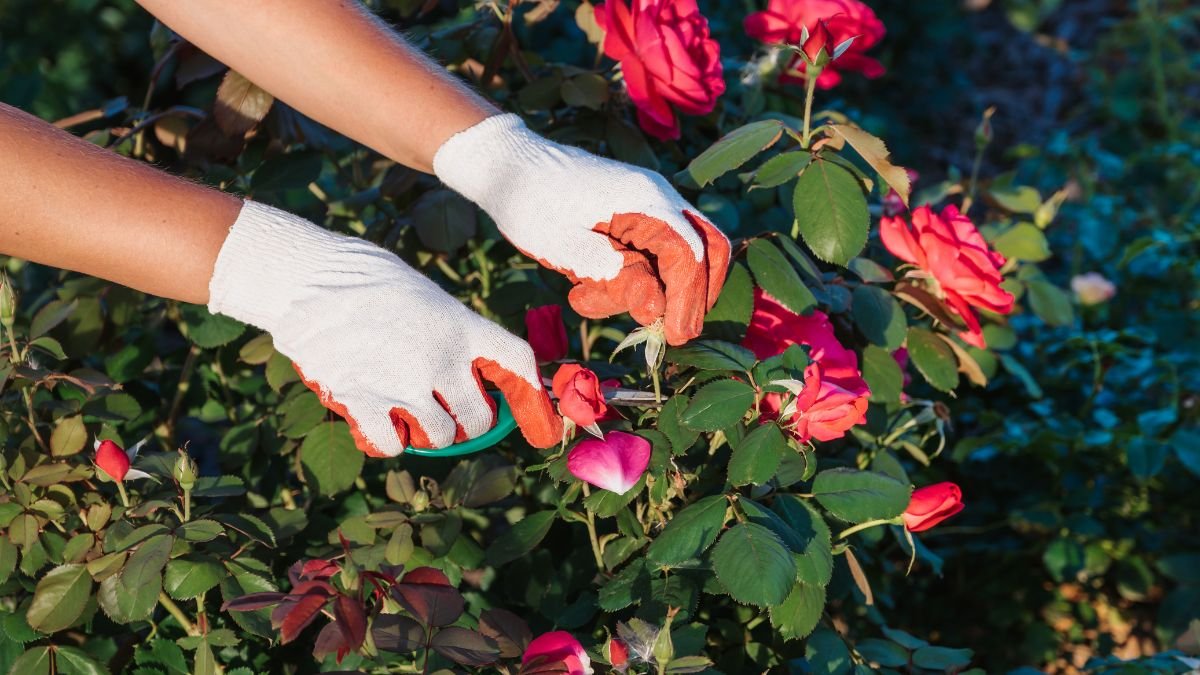
Pruning roses isn’t just about aesthetics; it’s a critical step to keep them healthy. When you trim back overgrown branches, you improve air circulation, which helps prevent fungal diseases like black spots and powdery mildew. These diseases thrive in damp, crowded conditions, so opening up the plant’s structure allows airflow to dry leaves faster.
Start by removing dead or damaged wood, cutting at a 45-degree angle just above an outward-facing bud. This encourages the plant to grow outward, creating a more open shape. Thin out any crossing branches to reduce friction and potential damage. Research from the University of California Cooperative Extension highlights that proper pruning can reduce disease incidence by up to 50%, making it a key practice for rose care.
Early spring, just as new growth begins, is the best time to prune. Avoid cutting too late in the season, as this can stimulate tender growth that may not survive the winter. With the right cuts, your roses will not only look better but also stay healthier throughout the growing season.
2. Hydrangeas
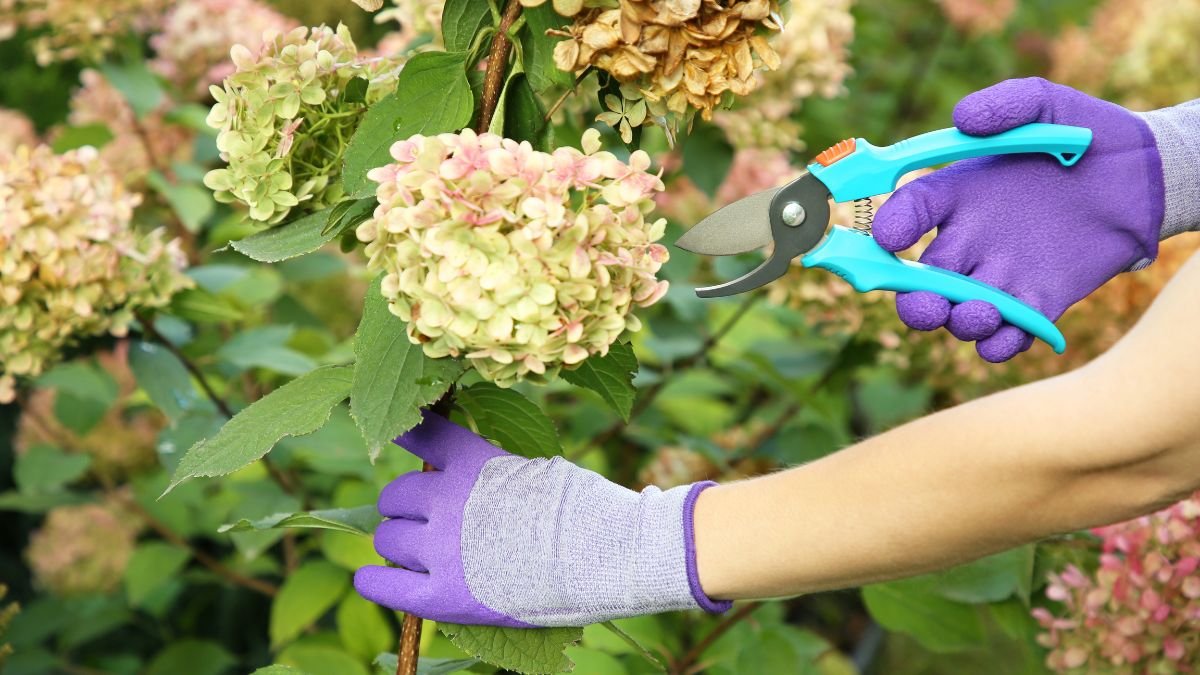
Not all hydrangeas are pruned the same way. The timing and method depend on whether they bloom on old wood or new wood. For example, bigleaf hydrangeas (Hydrangea macrophylla) bloom on old wood, meaning they set their flower buds the previous year. Pruning these in spring risks cutting off the buds, leaving you with no blooms.
On the other hand, panicle hydrangeas (Hydrangea paniculata) bloom on new wood, so they can be pruned in early spring without affecting flowering. A study by the American Horticultural Society emphasizes that understanding your hydrangea’s blooming habit is crucial for successful pruning.
For old wood bloomers, focus on removing only dead or weak stems after the plant flowers. For new wood bloomers, cut back about one-third of the plant to encourage vigorous growth. This tailored approach guarantees your hydrangeas stay healthy and produce stunning blooms year after year.
3. Lavender
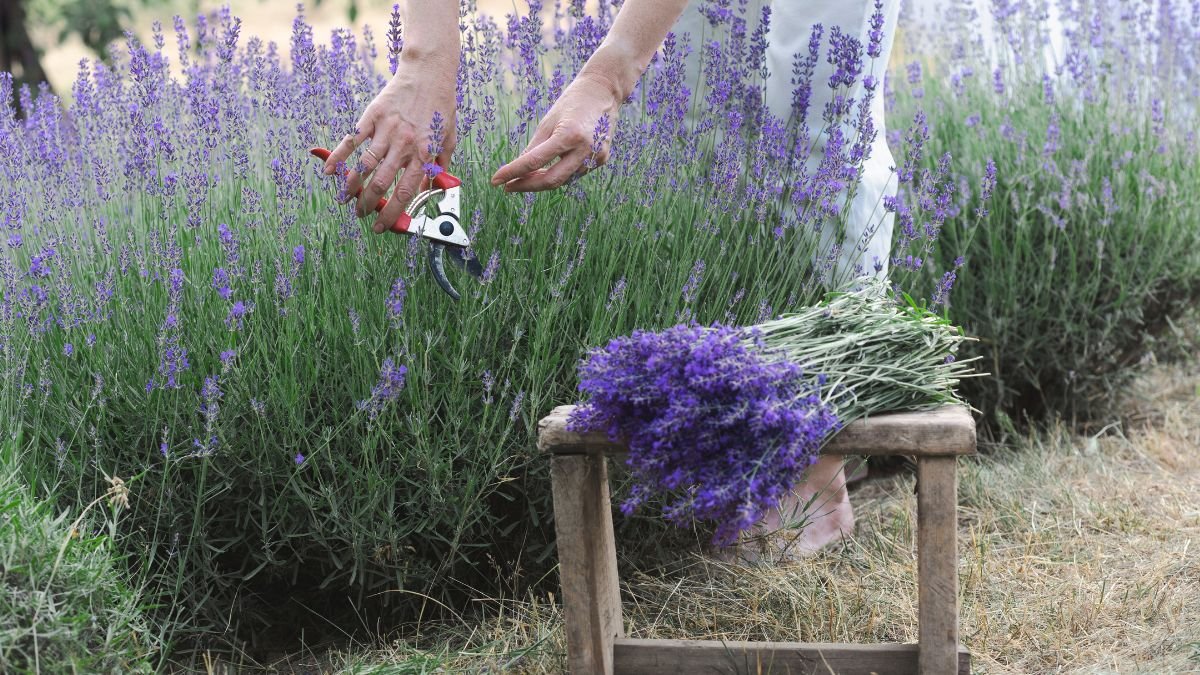
Lavender is a low-maintenance plant, but without proper pruning, it can become woody and leggy. The key is to trim it early in the season, just as new growth appears. This encourages a compact, bushy shape and prevents the plant from becoming sparse at the base.
Cut back about one-third of the plant, making sure to leave some green growth. Avoid cutting into the old, woody stems, as they often don’t produce new shoots.
Pruning also improves airflow, reducing the risk of fungal diseases like root rot. If you notice your lavender starting to sprawl or lose its shape, don’t wait; trim it back. With consistent care, your lavender will reward you with fragrant blooms and a tidy appearance.
4. Fruit Trees (Apple)
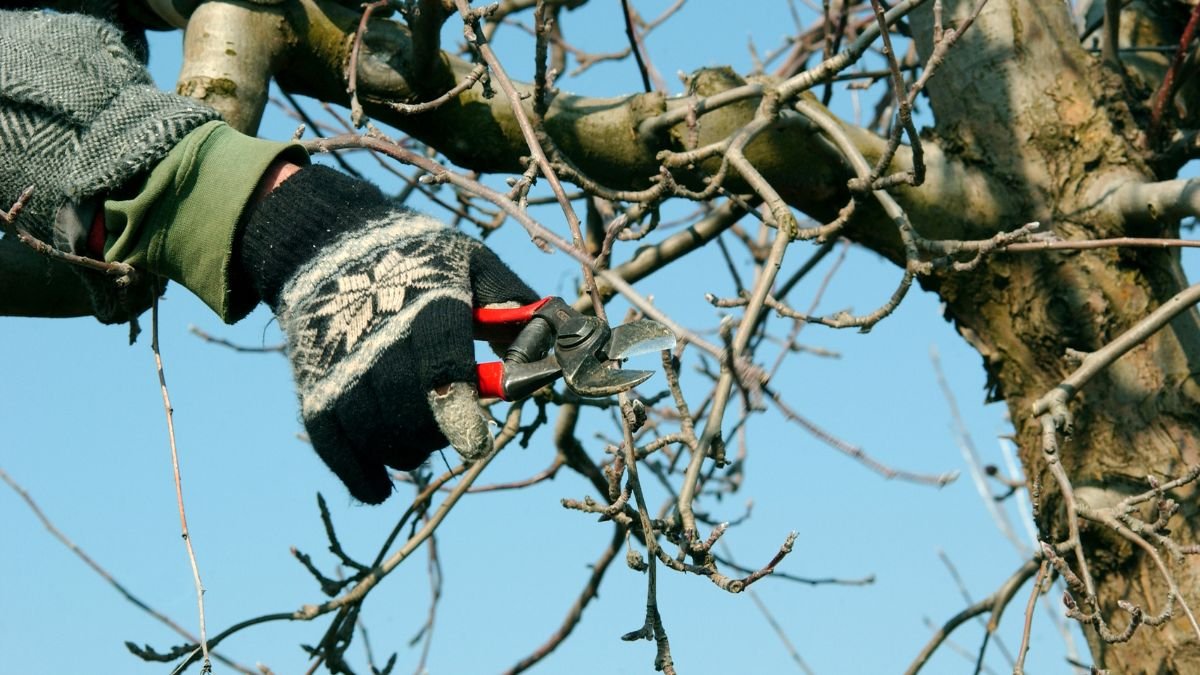
Pruning apple trees isn’t just about keeping them tidy; it’s about maximizing fruit production. Strategic cuts help direct the tree’s energy into producing larger, healthier apples rather than wasting it on unnecessary growth. Start by removing dead, diseased, or crossing branches to improve airflow and sunlight penetration.
Thinning out the canopy allows sunlight to reach the inner branches, which is essential for fruit development. Focus on creating an open center or modified central leader shape, which promotes even growth and easier harvesting.
Timing is imperative. Late winter or early spring, before the tree breaks dormancy, is the best time to prune. Avoid heavy pruning during the growing season, as this can stress the tree and reduce fruit production. With the right approach, your apple tree will thrive and produce a bountiful harvest.
5. Fruit Trees (Peach)
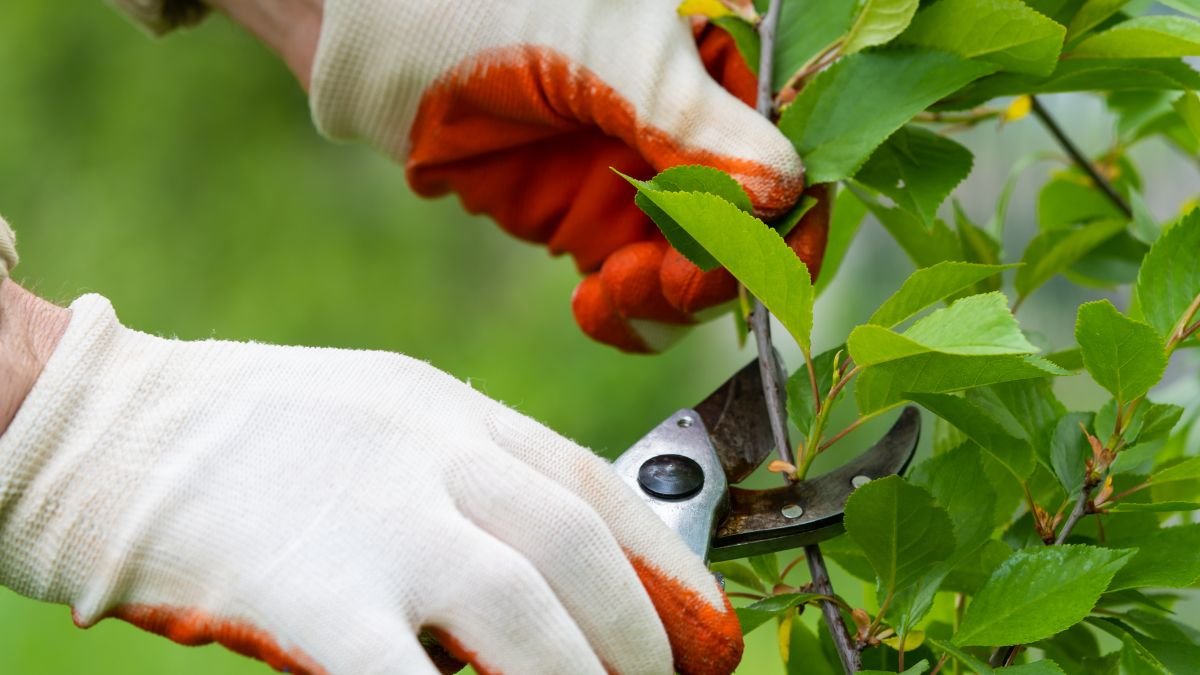
Peach trees are vigorous growers, and without regular pruning, they can quickly become overcrowded. This not only reduces fruit quality but also increases the risk of disease. The goal is to create an open canopy that allows sunlight to reach all parts of the tree.
Begin by removing vertical water sprouts and any branches growing inward. Thin out dense areas to improve airflow, which helps prevent fungal infections like peach leaf curl.
Prune in late winter or early spring, just before the tree starts to bud. Aim to remove about 40% of the previous year’s growth to encourage new fruiting wood. With consistent pruning, your peach tree will stay healthy and produce juicy, delicious fruit year after year.
6. Blueberries
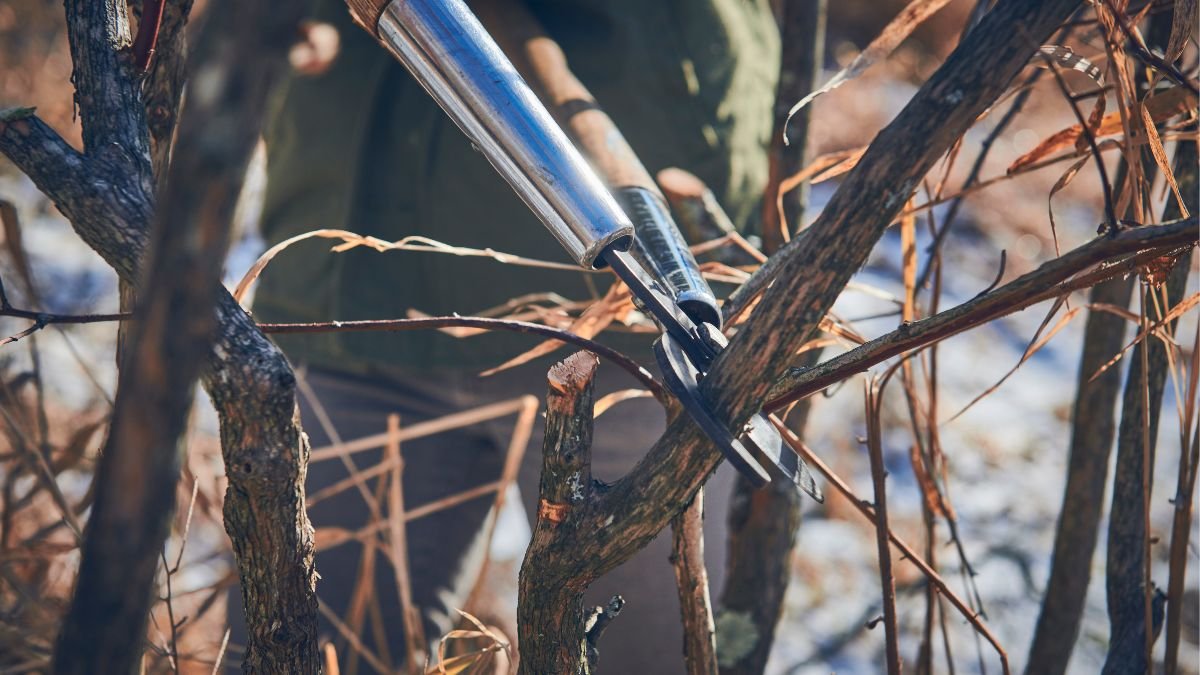
Blueberry bushes prosper when old, unproductive canes are removed. These canes, typically over six years old, no longer produce significant fruit and can sap energy from the plant. By cutting them back, you allow younger, more vigorous canes to take over, leading to a healthier plant and a better harvest.
Commence by identifying the oldest canes; they’re usually thicker and darker in color. Use clean, sharp pruners to cut them at ground level. A study from Michigan State University found that removing about 20% of the oldest canes each year can increase berry yield by up to 25%. This practice also improves airflow, reducing the risk of fungal diseases like mummy berry.
Pruning should be done in late winter or early spring before new growth begins. Focus on maintaining an open structure that allows sunlight to reach the inner branches. With regular care, your blueberry bushes will reward you with plump, juicy berries season after season.
7. Raspberries
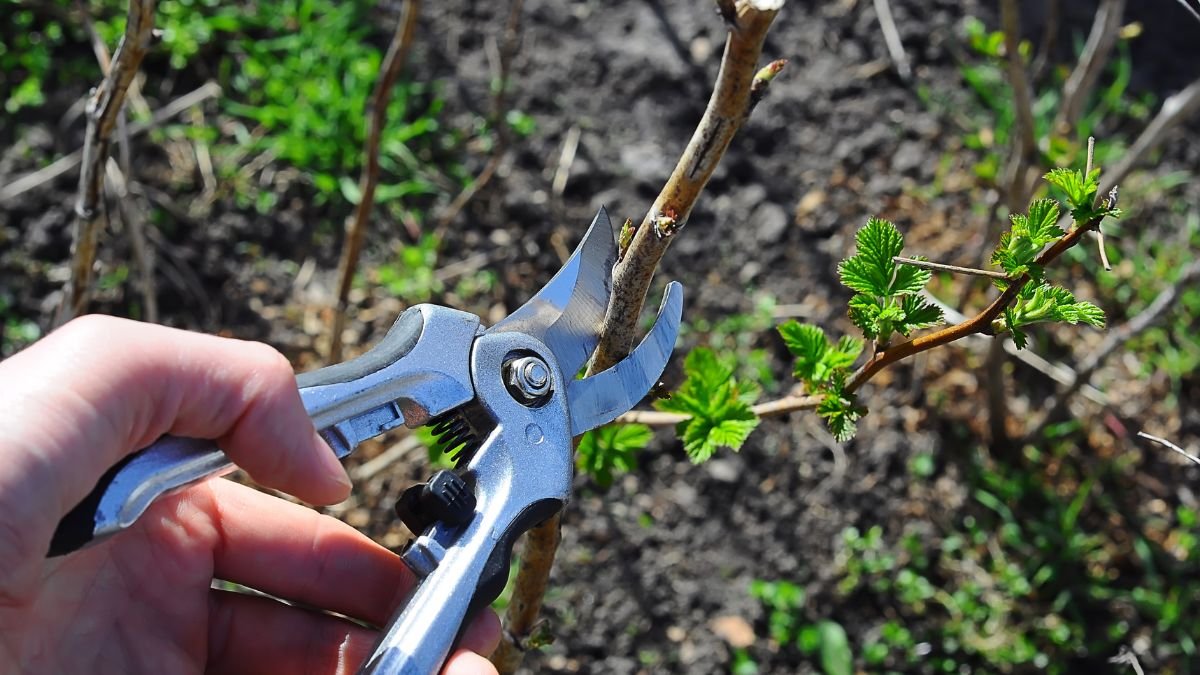
Not all raspberries are pruned the same way. Summer-bearing varieties produce fruit on second-year canes, while everbearing types can bear fruit on first-year canes in the fall and again the following summer. Knowing which type you have is crucial for proper pruning.
For summer-bearing raspberries, remove the canes that fruited the previous year, as they won’t produce again. Leave the new, green canes for next season’s harvest. Everbearing varieties, on the other hand, can be pruned in two ways: cut all canes to the ground in late winter for a single fall crop, or remove only the top portion of the canes that fruited in the fall for a double harvest.
Research from Oregon State University shows that proper pruning can increase raspberry yields by up to 30%. By tailoring your approach to the variety, you’ll ensure a bountiful harvest and healthier plants.
8. Clematis
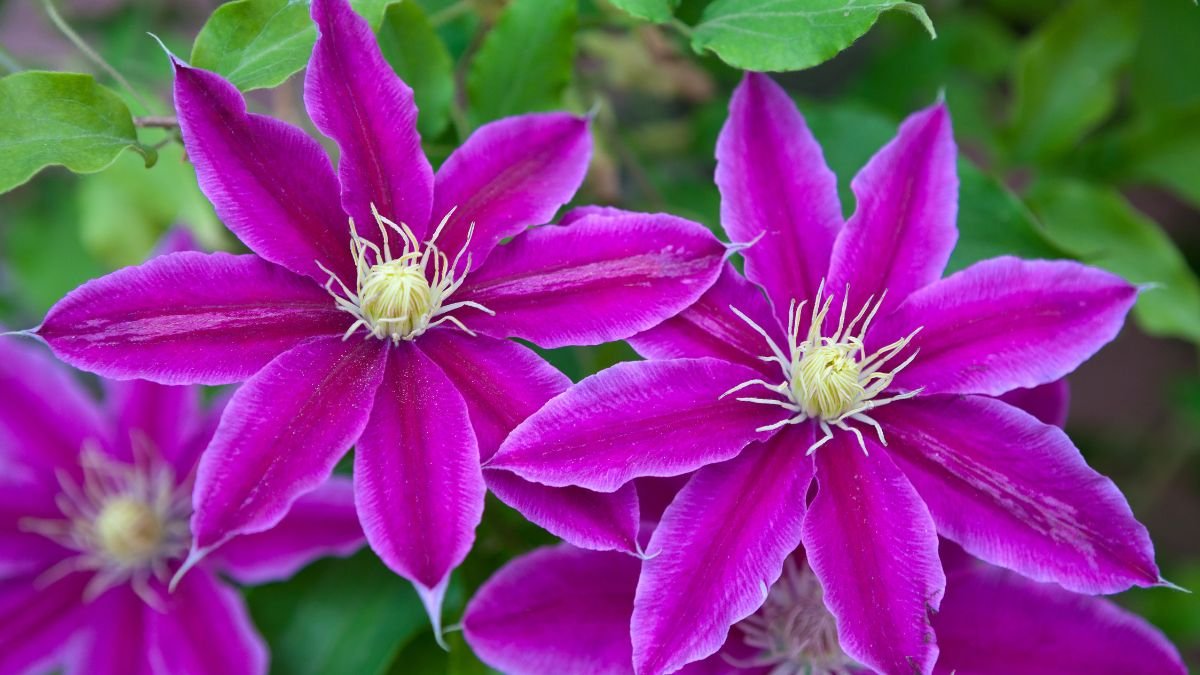
Clematis pruning can seem complicated, but it’s straightforward once you know which group your plant belongs to. Group 1 clematis blooms on old wood and requires minimal pruning; just a light trim to shape the plant after flowering. Group 2 varieties bloom on both old and new wood, so they benefit from light pruning in early spring to remove dead wood and encourage new growth.
Group 3 clematis, which blooms on new wood, should be cut back hard in early spring. Remove all stems to about 12 inches above the ground. This encourages vigorous growth and abundant blooms. According to the Royal Horticultural Society, incorrect pruning is a common reason for poor flowering in clematis.
Understanding your clematis group assures you make the right cuts at the right time. With proper care, these stunning vines will reward you with a spectacular display of flowers.
9. Wisteria

Wisteria is known for its vigorous growth, but without appropriate pruning, it can quickly become unruly. The goal is to control its spread while encouraging the plant to produce more flowers. Start by cutting back long, whippy shoots to about 6 inches in late winter. This helps direct energy into flower production rather than excessive foliage.
In summer, trim new growth back to 5 or 6 leaves to maintain the plant’s shape and prevent it from taking over your garden. Pruning too late, and you risk cutting off next year’s flower buds. With consistent care, your wisteria will stay manageable and reward you with cascades of fragrant blooms.
10. Butterfly Bush

Butterfly bushes are fast growers, and without regular pruning, they can become leggy and less productive. Cutting them back hard in early spring encourages new growth and more flowers. Remove about two-thirds of the plant, leaving only a few inches of last year’s growth.
This might seem extreme, but it’s necessary to keep the plant compact and full. A study by the University of Vermont found that hard pruning can increase flower production by up to 40%. It also helps prevent the plant from becoming invasive, as it reduces seed production.
Pruning also improves the flow of the air, reducing the risk of diseases like powdery mildew. With the right cuts, your butterfly bush will attract pollinators and add vibrant color to your garden all summer long.
11. Boxwood

Boxwoods are a traditional choice for hedges and topiaries, but over-pruning can lead to unsightly bare patches. The key is to shape them gradually, avoiding drastic cuts that expose the inner woody stems. These stems often struggle to regrow leaves, leaving gaps in the foliage.
Start by trimming lightly, focusing on the outer growth to maintain the desired shape. Use sharp shears to make clean cuts, and avoid cutting into old wood unless necessary. Research from the University of Illinois Extension suggests that light, frequent pruning is better for boxwood health than heavy, infrequent cuts.
Timing counts, too. Early spring, before new growth starts, is the best time to prune. This allows the plant to recover quickly and fill in any gaps. With careful shaping, your boxwoods will stay dense, green, and visually appealing throughout the year.
12. Lilacs
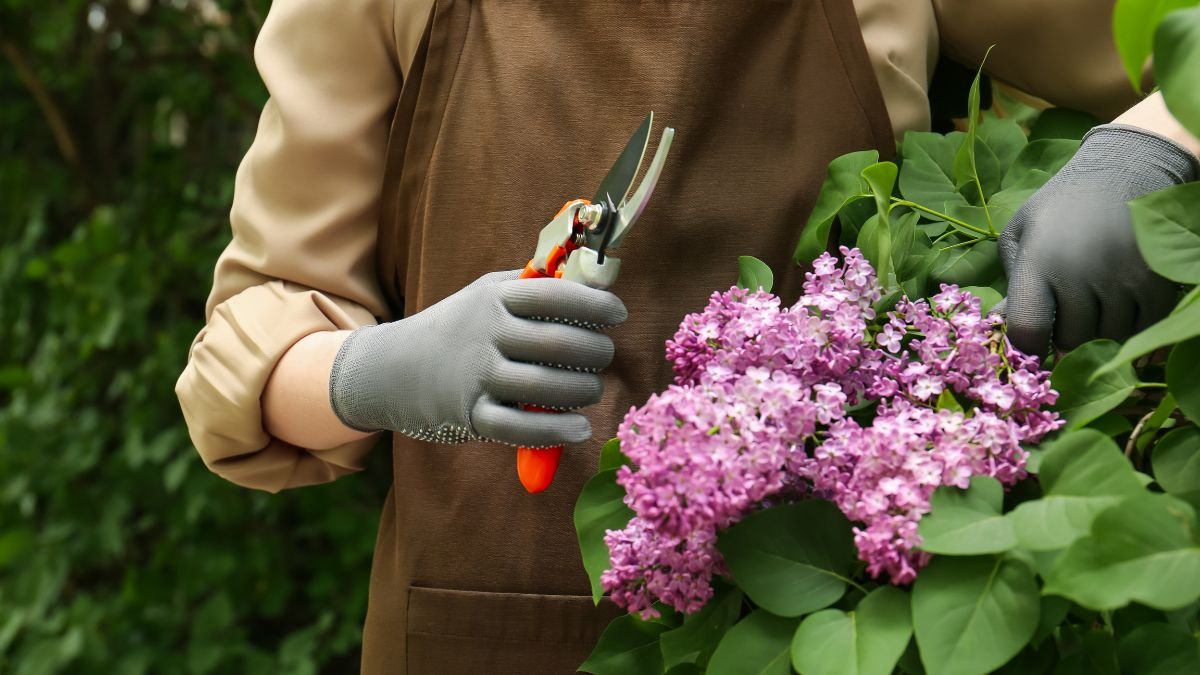
Lilacs are beloved for their fragrant blooms, but without proper pruning, they can become overgrown and less productive. Removing spent flower heads right after blooming encourages the plant to focus its energy on new growth rather than seed production.
Thinning out old wood is equally important. Cut back about one-third of the oldest stems to ground level each year. This promotes air circulation and sunlight penetration, which are essential for healthy growth.
Prune in late spring or early summer, just after the flowers fade. Avoid cutting too late in the season, as this can remove next year’s buds. With consistent care, your lilacs will reward you with abundant, fragrant blooms year after year.
13. Crepe Myrtle
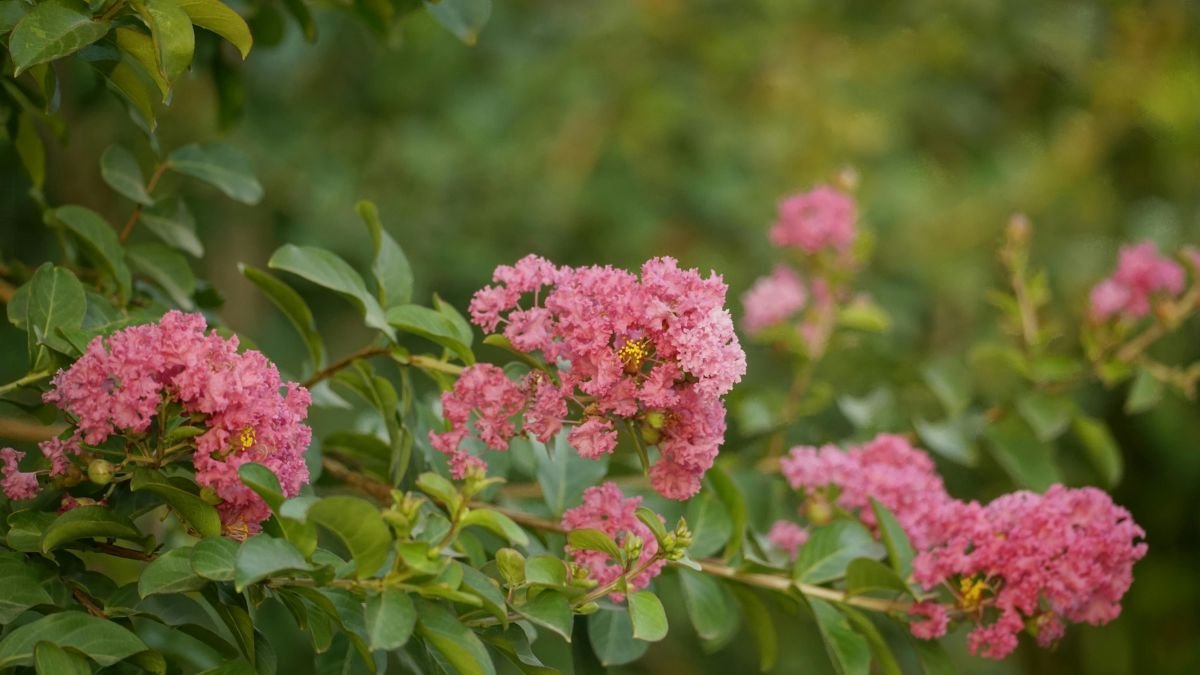
Crepe myrtles are often victims of over-pruning, a practice humorously referred to as “crepe murder.” Topping these trees and cutting them back to stubs ruins their natural shape and weakens their structure. Instead, focus on selective pruning to enhance their beauty and health.
Remove suckers at the base and any crossing or rubbing branches. Thin out the canopy to improve airflow and sunlight penetration. Research from Texas A&M University highlights that proper pruning can increase bloom production and reduce disease risk.
Prune in late winter or early spring before new growth begins. Avoid heavy cuts; instead, aim for a balanced, open structure. With the right approach, your crepe myrtle will thrive and showcase its stunning blooms all summer long.
14. Ornamental Grasses
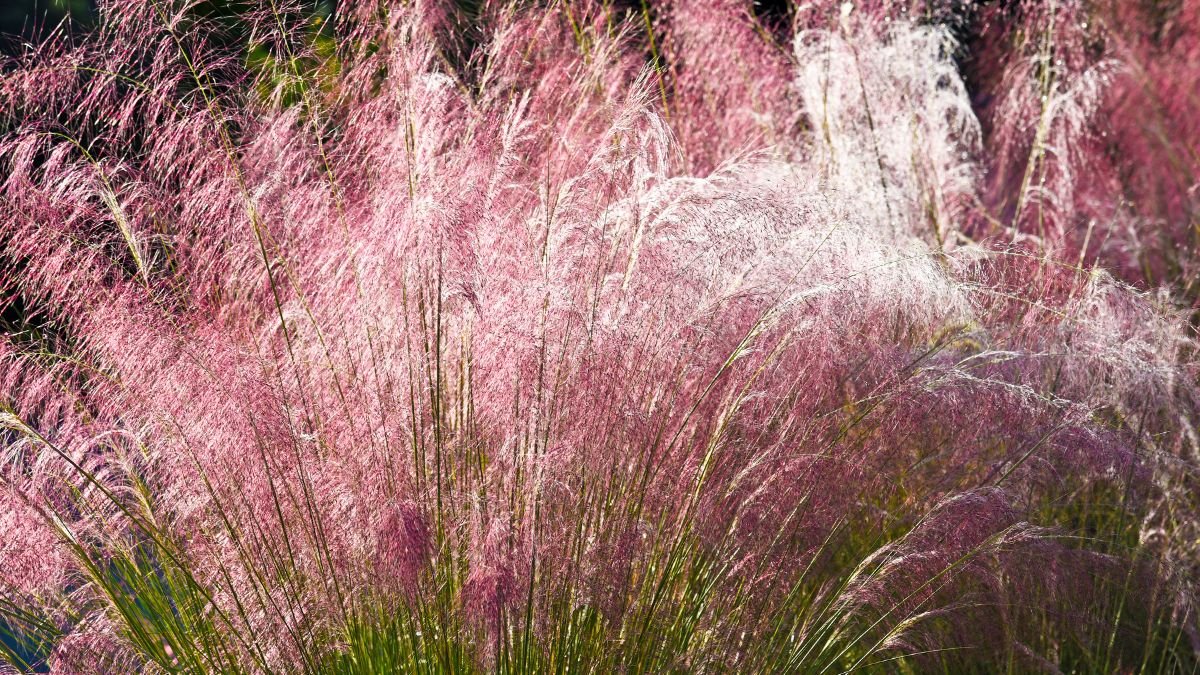
Ornamental grasses add texture and movement to the garden, but they need a good trim in spring to look their best. Cutting them back before new growth starts removes dead foliage and allows fresh blades to emerge unimpeded. Use hedge shears or a string trimmer to cut the grass to about 4-6 inches above the ground.
Be careful not to damage the crown, as this can stunt new growth. Timing is paramount. Prune too early, and the plant may be vulnerable to frost damage. Wait too long, and you risk cutting into new growth. With proper care, your ornamental grasses will sway gracefully in the breeze, adding beauty to your garden all season.
15. Azaleas
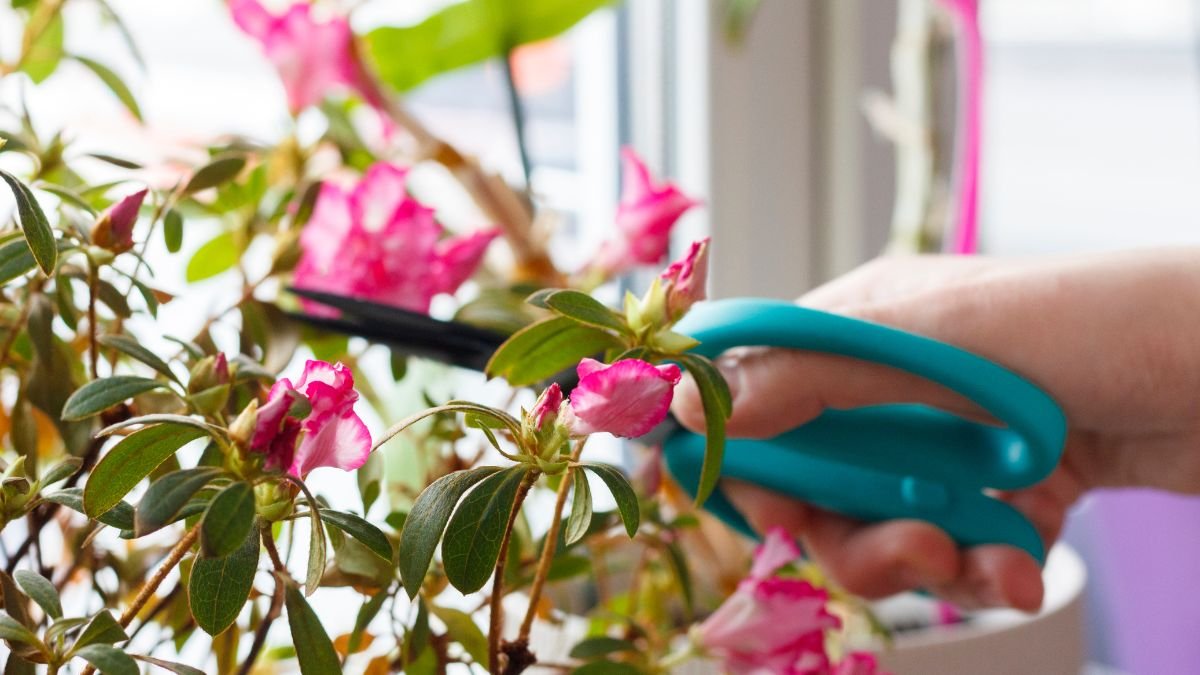
Azaleas are a spring favorite, but pruning them at the wrong time can cost you next year’s blooms. These plants set their flower buds shortly after blooming, so timing your cuts is essential.
Prune right after the flowers fade, focusing on removing spent blooms and shaping the plant. Avoid heavy pruning unless necessary, as this can reduce flowering.
Thin out crowded branches to improve airflow and sunlight penetration, which helps prevent diseases like powdery mildew. With careful pruning, your azaleas will stay vibrant and produce stunning blooms year after year.
16. Forsythia

Forsythia’s vibrant yellow flowers are a sure sign of spring, but once the blooms fade, it’s time to shape the plant. Pruning right after flowering ensures you don’t cut off next year’s buds, which form on old wood. Start by removing about one-third of the oldest stems at ground level to encourage new growth and maintain a healthy structure.
Thin out crowded branches to improve airflow and sunlight penetration. This not only keeps the plant looking tidy but also reduces the risk of disease. Research from the University of Maryland Extension shows that regular pruning can extend the life of forsythia and keep it blooming profusely.
Avoid cutting back too hard, as this can reduce flowering. Instead, focus on selective pruning to maintain the plant’s natural arching shape. With proper care, your forsythia will continue to light up your garden every spring.
17. Jasmine

Jasmine is an adaptable plant that can climb, trail, or bush out, depending on how you prune it. To encourage climbing growth, train the vines onto a trellis or support structure, trimming back any wayward shoots. This helps maintain a neat appearance while promoting upward growth.
Remove dead or weak stems to improve airflow and reduce the risk of pests. Prune after the flowering period to avoid cutting off next year’s buds. For summer-flowering varieties, trim in early spring to stimulate new growth. With proper care, your jasmine will fill your garden with its intoxicating fragrance and lush greenery.
18. Hibiscus
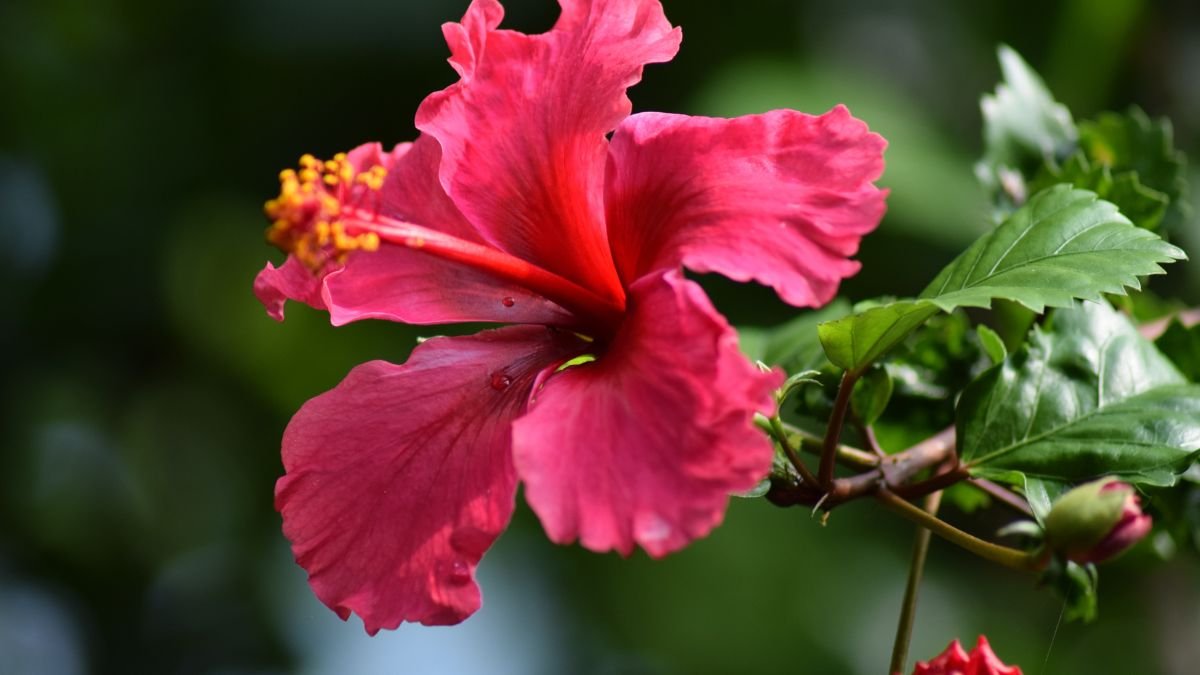
Hibiscus plants blossom with regular pruning, which encourages bushier growth and more blooms. Start by cutting back about one-third of the plant in early spring, just as new growth begins. Focus on removing leggy stems and any dead or damaged wood.
Pinching back the tips of young shoots can also promote branching, leading to a fuller plant. Avoid cutting too late in the season, as this can delay flowering. With the right direction, your hibiscus will reward you with a stunning display of colorful blooms all summer long.
19. Dogwood Trees
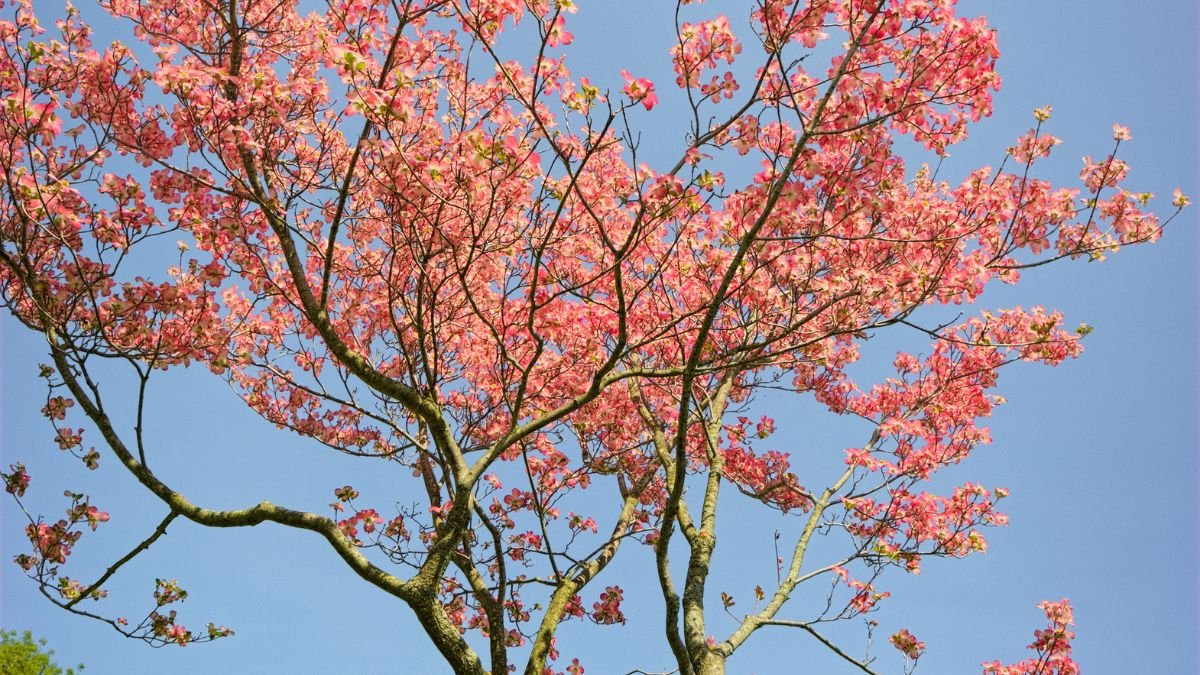
Dogwood trees are prized for their beautiful flowers and elegant shape, but they need regular pruning to stay healthy. Start by removing dead, diseased, or broken branches. This not only improves the tree’s appearance but also prevents the spread of disease.
Thin out crowded branches to improve airflow and sunlight penetration. Prune in late winter or early spring before new growth begins. Avoid heavy cuts, as this can stress the tree. With careful pruning, your dogwood will continue to be a standout feature in your garden.
20. Euonymus

Euonymus is a hardy plant, but it can become invasive if left unchecked. Regular pruning helps control its spread and keeps it looking tidy. Start by removing any dead or diseased branches, then trim back overgrown stems to maintain the desired shape.
Thin out dense areas to improve airflow and reduce the risk of pests. Prune in early spring before new growth begins. Avoid cutting too late in the season, as this can stimulate tender growth that may not survive the winter. With consistent care, your euonymus will stay healthy and well-behaved.
21. Spirea
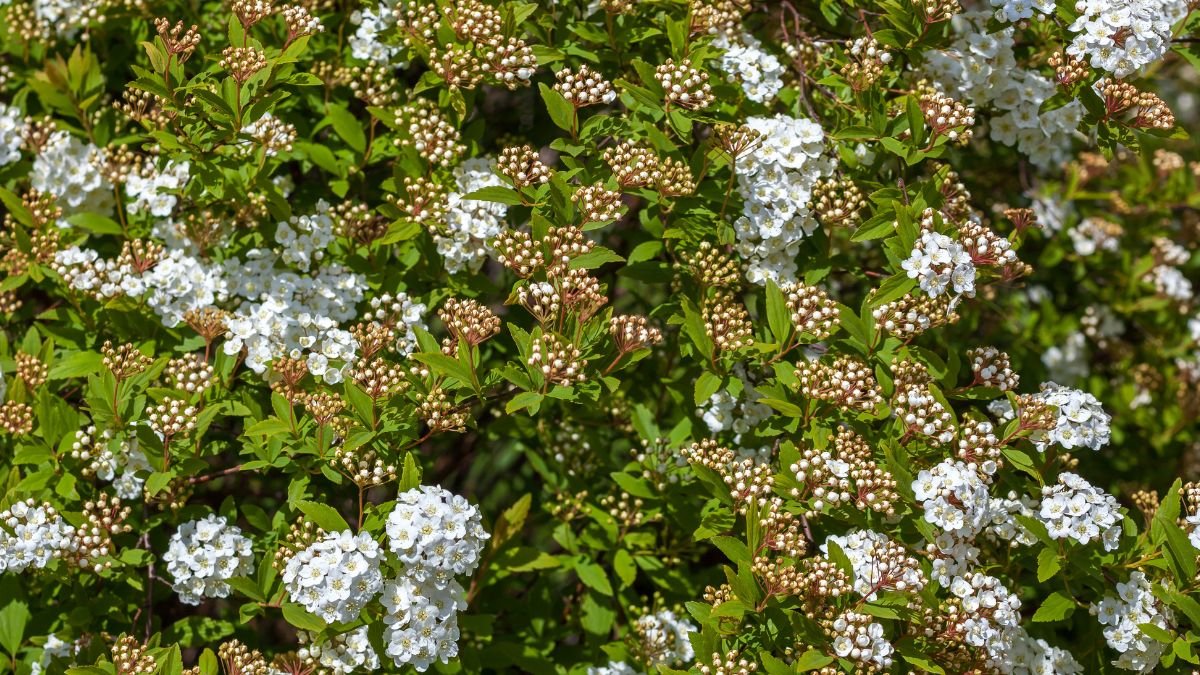
Spirea is a husky shrub known for its cascading blooms, but it can become leggy and overgrown without regular pruning. Cutting it back in early spring helps maintain a compact shape and encourages vibrant growth. Start by removing about one-third of the oldest stems at ground level to stimulate new shoots.
Avoid cutting too late in the season, as this can reduce blooming. With consistent care, your spirea will stay lush and produce an abundance of flowers throughout the growing season.
22. Camellias
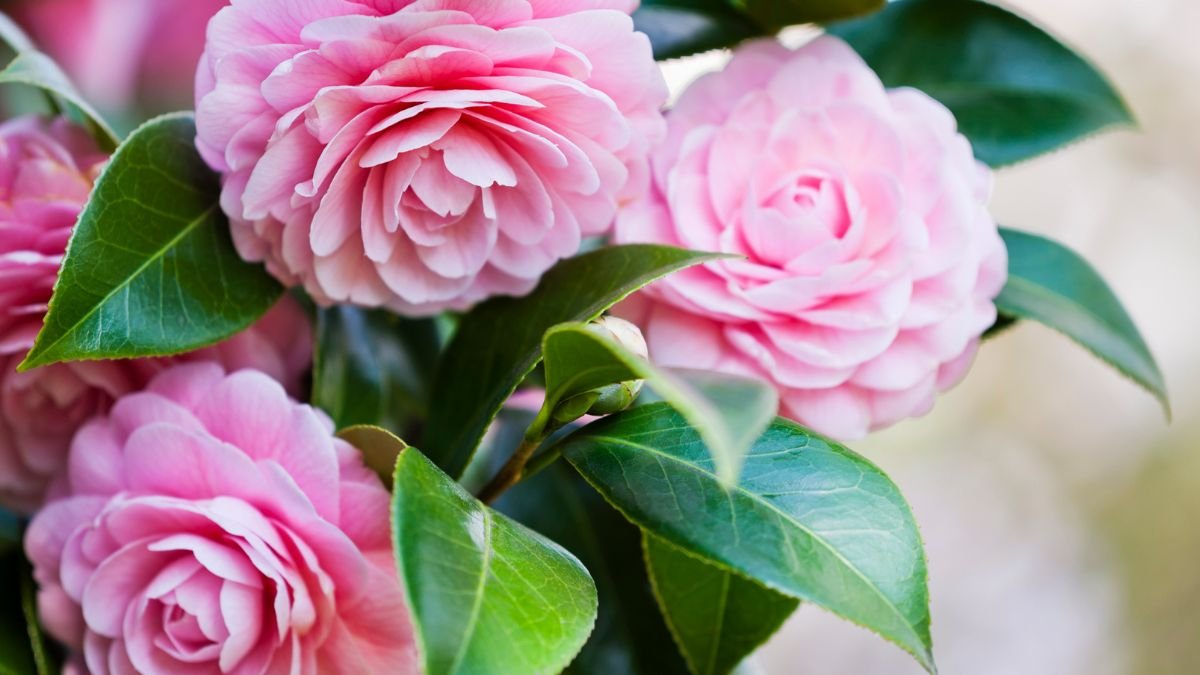
Camellias are prized for their stunning winter blooms, but pruning them at the wrong time can cost you next year’s flowers. The best time to prune is right after the blooming period, as this allows the plant to set buds for the following season.
Avoid heavy pruning unless necessary, as this can stress the plant. Instead, aim for light, selective cuts to maintain the plant’s natural shape. With careful pruning, your camellias will continue to dazzle with their elegant blooms.
23. Smoke Bush
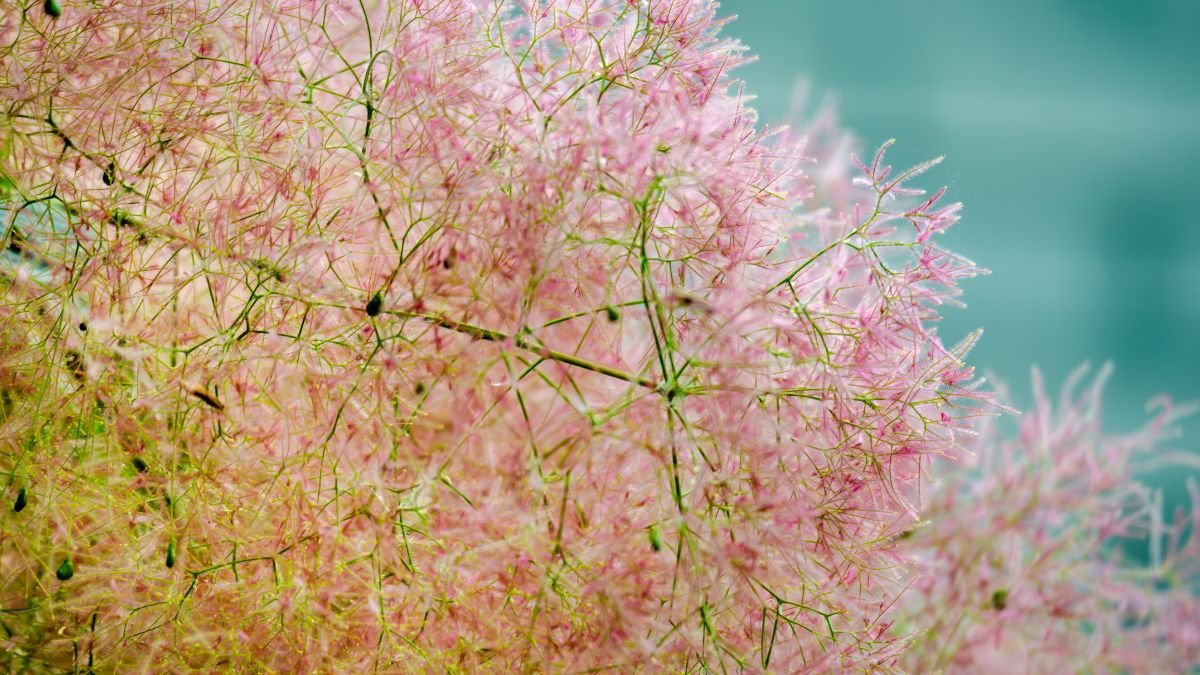
Smoke bush is known for its striking foliage and wispy flower plumes, but it needs regular pruning to stay vibrant. Cutting it back in early spring encourages new growth, which often has the most intense color.
Remove about one-third of the oldest stems to promote fresh shoots. Research from the University of Vermont suggests that selective pruning can enhance the plant’s ornamental value and keep it looking its best.
Avoid cutting too late in the season, as this can reduce the intensity of the foliage color. With proper care, your smoke bush will be a standout feature in your garden, offering both texture and color.
24. Elderberry
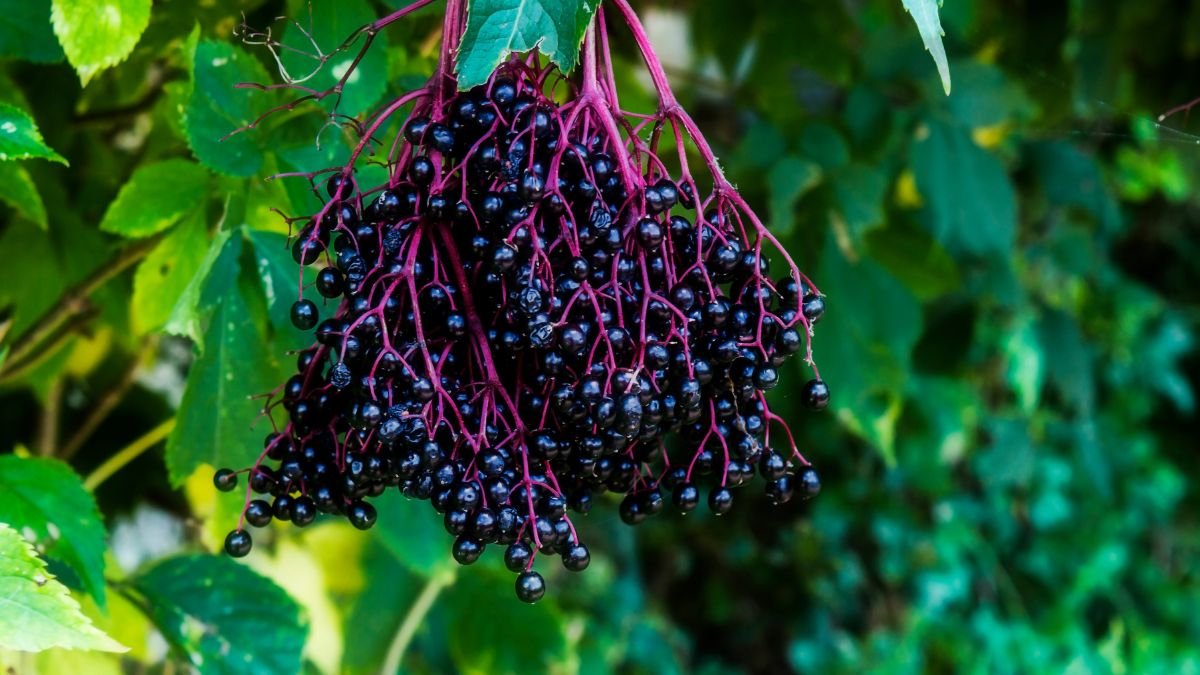
Elderberry bushes are not only beautiful but also productive, rendering clusters of berries that are perfect for jams and syrups. Pruning in early spring produces new growth, which is essential for a bountiful harvest.
Remove about one-third of the oldest canes at ground level to encourage fresh shoots. Thin out crowded branches to improve airflow and sunlight penetration. A study by Cornell University found that proper pruning can increase berry yield by up to 30%.
Avoid cutting too late in the season, as this can reduce fruit production. With consistent pruning, your elderberry bushes will stay healthy and productive, providing you with a delicious harvest year after year.

